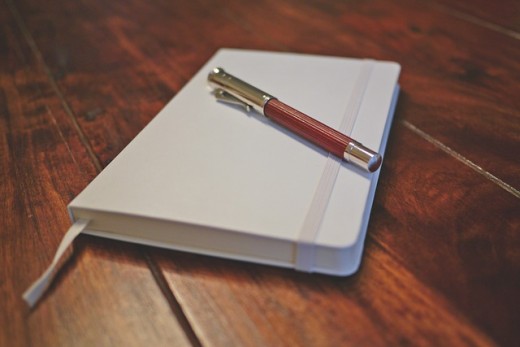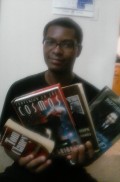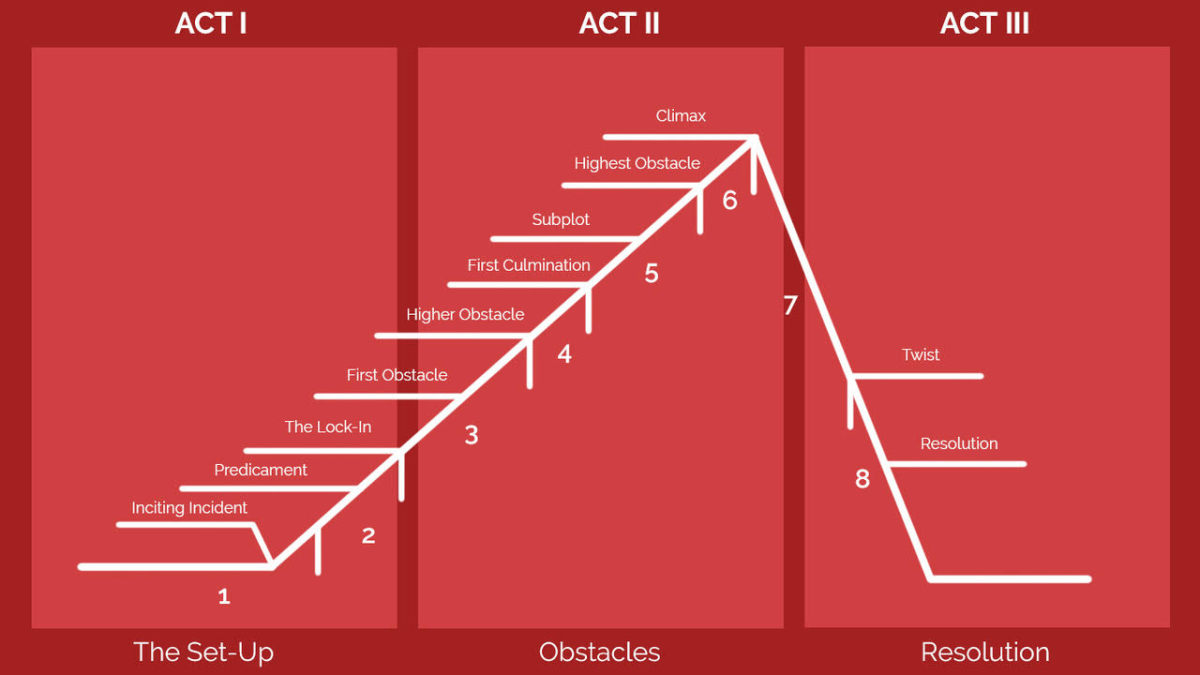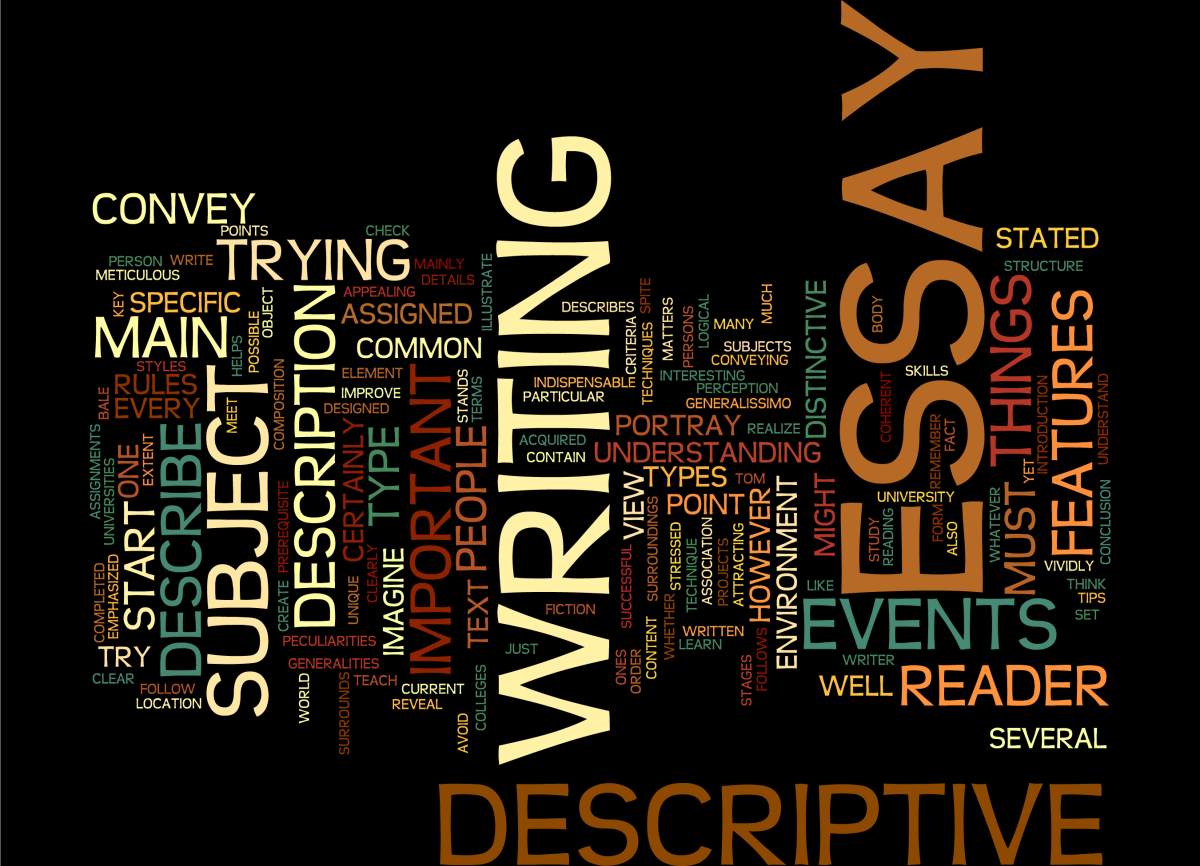Tips on How to Outline a Novel
Tips on How to Outline a Novel With a Skeleton Base
Discover how to outline a novel by laying down the bare bones or a skeleton of what you want to write. This will make your whole writing task a lot easier. This way, you'll find your writing project quicker to complete and there is less chance you'll come unstuck halfway through. A novel outline will guide you through so you know where your book is headed.
Most writing projects, fiction and non-fiction, benefit from at least a rough outline before you make a start. Certainly, longer writing projects are difficult to achieve successfully without building a skeleton or a framework to start with. I show you how to flesh out an outline below and you'll soon be writing a novel outline which you can be proud of.

Use Index Cards for Your Outline
These days most of us write on a computer or electronic device. Sometimes it's just a really good idea to change tactics and get away from staring at a screen full stop. Index cards are fantastic for helping you to plot out exactly what you want to happen in your novel.
Colored index cards are even better because you can use a specific color to indicate a character or to indicate types of scenes such as action scenes, dialog, conflict etc. and laying out the colored cards in front of you means that you can instantly see any imbalances.
The colored index cards can show if you are featuring one character too much at the expense of others. They can also show if you have you got too much action at the start of your novel and not enough later on. Try making use of a simple index card system to work out a better structure for your book.
It's easier to make changes to your novel and explore ideas with an outline and not a full draft. You can quickly plan out and assess the overall structure of how your finished book will be.
Use a Writing Skeleton
Close your eyes for a moment and visualize a skeleton standing before you. You realize that there's something slightly wrong with this skeleton and, when you look closer, you see that some of its bones are missing. When you walk around the skeleton and look at the back, you see that the spinal column does not fit together as it should and the skeleton is hunched over, misshapen and ready to fall at the slightest knock.
Think about what would happen after placing muscles and flesh on top of this badly constructed skeleton. It would not only look deformed but it would not be able to function properly either. This scenario should illustrate just how important it is to construct a good framework on which to build your writing project to make a fool-proof outline.
Attempting to fix a badly made skeleton is far harder once the muscles and flesh are in the way and the same goes with your writing. It's far easier to make changes to your work and play around with ideas when you're working on your outline and not when you're working with a full draft. So, why make life hard on yourself? Get yourself a good framework first and the rest will follow. Here's how to outline a novel:
Why Research Can Help
Research provides you with a starting point to work from and can help to prevent that dreaded writer's block.
Research BEFORE Outlining your Novel
Do your research before getting down to write so you have some material to work with before you start. Going 'in cold' to write is something that is very daunting - even to the more experienced writer.
Think you don't need research because you're writing fiction? Think again! Any character, location or event can be greatly improved and fleshed out with a bit of research and thought.
One horror story of mine, All that Remains, took a massive amount of research on the natural resources (animals and landscape) of South Africa. Fortunately, I managed to re-use research from a detailed essay I'd already done on modern hunter-gatherer communities.
The amount of preparation I put in allowed me to write exactly what I wanted with a great deal of confidence and the research I did will not be wasted because it can be recycled and used again in yet another writing project.
Once you've done your research and you've got your notes, you can start to work on an outline. All you need initially is some paper and a pen.
1) Read through your research notes.
2) Highlight or mark key points you've covered
3) Write down the key points
4) What else do you need to add?
My Favorite Book on Writing Great Fiction
There are some great books to help you with the process of writing. Stephen King's On Writing book is one of the most inspirational and helpful books that I've read on the art of creating a book.

How to Outline your Novel
When producing a fictional outline, I'd recommend starting with your main character. How will they first appear to your reader? What kinds of problems is this type of character likely to encounter during the course of your piece? Are these problems going to be resolved.
At this stage, you are simply playing around with possibilities and jotting down any ideas that spring to mind.
Remember that you don't need to use everything you put down. You need to select items that will provide a logical progression to your fiction. I recommend using a list format to work through your ideas and sort the wheat out from the chaff.
Got your key points sussed? Now comes the fun part - trying to make some sense out of it all. Divide a piece of paper into three sections with a pen and mark them: start, middle and end. Working from your list of key points, place them one by one into what you feel is the most relevant section, bearing in mind that the middle should end up being the largest area. The start should kick off with the most important or dramatic point - something to hook the reader in.
Once you've completed this exercise, you may still need to shuffle the ideas around, maybe add and delete some items, until you're happy with the overall result. One member of my critique group was having problems with a novel that was going round in circles. I suggested that he stopped writing immediately and instead write a summary of each key event onto a separate index card.
Why index cards? Because he would then be able to spread these out on the floor, shuffle the order around, remove some and add new events into the mix. This single idea allowed him to successfully create a novel outline. It meant a bit of work to reshuffle and rewrite chapters. However, he now knew exactly where the novel was leading and it made it far easier to complete.
Play around with your ideas until you have built a skeleton for your work that you're truly satisfied with. I can guarantee that it will save you a great deal of time further down the line. And soon you'll be writing a novel outline which will form the basis for a great book. Good luck.
Final Thoughts
Writing a novel outline can help you to write a much better story or piece of fiction.
© 2011 Marie





